How to Improve Skiing Balance: Expert Tips for Better Control and Confidence
October 14, 2025 | Skiing, Skiing Technique
If you’ve ever wondered how to improve skiing balance, you’re already taking a crucial step towards becoming a more confident skier. Good balance isn’t just about staying upright, it’s what allows you to glide smoothly, make precise turns, and control your speed no matter how challenging the terrain. Whether you’re new to skiing or a seasoned enthusiast, enhancing your balance is key to both performance and safety.
At Find a Ski School, we understand how proper balance can transform your entire skiing experience. In this guide, we’ll explore the best balance exercises for skiing, effective drills, and off-snow training routines that help you gain stability, strength, and control.
Why Balance Matters in Skiing
Balance is the foundation of skiing technique. Without it, even the most advance skiing skills become difficult to execute. Strong balance allows you to react quickly, distribute your weight efficiently, and maintain smooth motion throughout every run.
A balanced skier is able to:
- Stay composed on uneven or icy terrain
- Execute turns with precision
- Reduce fatigue and prevent injuries
- Conserve energy while skiing longer
That’s why regular ski balance training is vital, whether you’re skiing recreationally or competitively.
Off-Snow Balance Training for Skiing
You don’t have to wait for the snow to fall to improve your skiing balance. In fact, most professional skiers spend months on off-season ski training to stay in peak form. Off-snow workouts build stability, coordination, and endurance, all crucial for balance on the slopes.
1. Strengthen Your Core
Your core muscles, including your abdominals, obliques, and lower back, are your body’s control centre. A strong core provides the stability you need to stay upright and centred during high-speed turns or sudden shifts in direction.
Try these exercises:
- Planks (front and side variations)
- Russian twists
- Stability ball rollouts
- Mountain climbers
Train your core three to four times a week to notice significant improvements in balance and endurance.
2. Build Leg and Ankle Stability
Your legs and ankles absorb most of the impact while skiing. Building strength and stability in these areas ensures better control and smoother transitions between turns.
Effective ski conditioning exercises include:
- Squats and lunges
- Single-leg deadlifts
- Calf raises
- BOSU ball squats
For added challenge, use a wobble board to simulate the uneven surface of the slopes. This type of balance training for skiing enhances your body’s response to instability.
3. Practise Dynamic Balance Drills
Skiing involves continuous motion, which means your balance must be dynamic, not static. Incorporate exercises that challenge your coordination and responsiveness.
Best ski balance drills:
- Skater jumps
- Lateral hops
- One-leg stands with arm movements
- Slackline practice
These drills mimic the rhythm and flow of skiing, improving your ability to stay balanced while moving.
Want to refine your skiing skills with expert guidance? Visit us to discover professional instructors who can help you develop control, confidence, and perfect balance.
On-Snow Balance Techniques
Once you’re on the mountain, putting your balance training into practice makes all the difference. The key lies in maintaining the correct posture and movement awareness.
1. Perfect the Athletic Ski Posture
Your skiing stance has a huge impact on balance. A neutral, athletic posture allows your body to absorb shocks and adapt quickly.
Keep these tips in mind:
- Bend your knees slightly and stay centred
- Keep your hips directly over your feet
- Relax your shoulders and arms
- Look ahead, not down at your skis
This posture ensures your weight is evenly distributed, allowing for better stability and smoother turns.
2. Focus on Weight Transfer
Effective skiing depends on smooth weight transfer from one ski to the other. Practise slow, controlled turns while consciously feeling the pressure on your downhill ski. As your control improves, gradually increase your speed and precision.
3. Try the One-Ski Drill
One of the most effective ski balance training techniques is skiing on one ski. Lift one ski slightly off the snow and maintain balance on the other. Alternate sides to build coordination and confidence. This helps develop your edge control and balance under real conditions.
Off-Season Ski Training
Balance isn’t something you should only focus on during ski season. Keeping up your conditioning year-round makes a noticeable difference when you return to the slopes.
Great off-season ski training activities include:
- Yoga or Pilates to improve flexibility and core stability
- Cycling or hiking for endurance
- Roller skiing or skating to simulate gliding motion
These activities strengthen your legs, enhance coordination, and maintain your balance reflexes, preparing you for peak performance when winter arrives.
How to Stay Balanced While Skiing
Balance can shift depending on terrain, snow conditions, and your level of fatigue. Use these simple yet effective tips to stay centred and composed:
- Keep your gaze forward and relaxed
- Engage your core before initiating every turn
- Avoid leaning too far back, stay centred
- Breathe steadily to maintain rhythm
- Practise on a variety of slopes to adapt to changing surfaces
Consistency and awareness are key. The more you practise, the more naturally balance will come to you.
Improve Ski Technique Through Balance
To truly improve ski technique, start with your foundation, your balance. A stable, controlled skier can focus more on movement efficiency, edge control, and precision. Proper balance reduces the strain on your muscles, allowing you to ski longer without fatigue.
At Find a Ski School, our experienced instructors specialise in helping skiers refine their balance, posture, and technique through tailored lessons suited to all ability levels.
Book a professional skiing lesson with Find a Ski School today and discover how better balance leads to smoother, safer, and more enjoyable runs.
FAQs
1. How long does it take to improve skiing balance?
With consistent balance exercises for skiing and regular practice, most people see noticeable improvement within two to four weeks.
2. Can beginners work on skiing balance at home?
Yes, absolutely. Simple core workouts and single-leg balance drills are a great starting point, even without special equipment.
3. Do ski schools teach balance techniques?
Yes. Many instructors at Find a Ski School incorporate ski balance drills and body-awareness exercises into lessons to build stability and control.
4. How does balance affect ski performance?
Good balance improves coordination, allows better turns, enhances control at speed, and significantly reduces the risk of falls or injuries.
5. What are the best drills to build skiing balance?
Try skater jumps, BOSU squats, and one-ski drills, these mimic skiing movements and strengthen key muscles for improved stability.
Final Thoughts
Learning how to improve skiing balance isn’t just about exercises, it’s about understanding your body, perfecting your stance, and practising with purpose. With consistent ski balance training and professional instruction, you can develop the control and agility needed to enjoy every slope with confidence.
Start training today and elevate your skiing skills with expert guidance from Find a Ski School, where better balance leads to better skiing.
More Posts
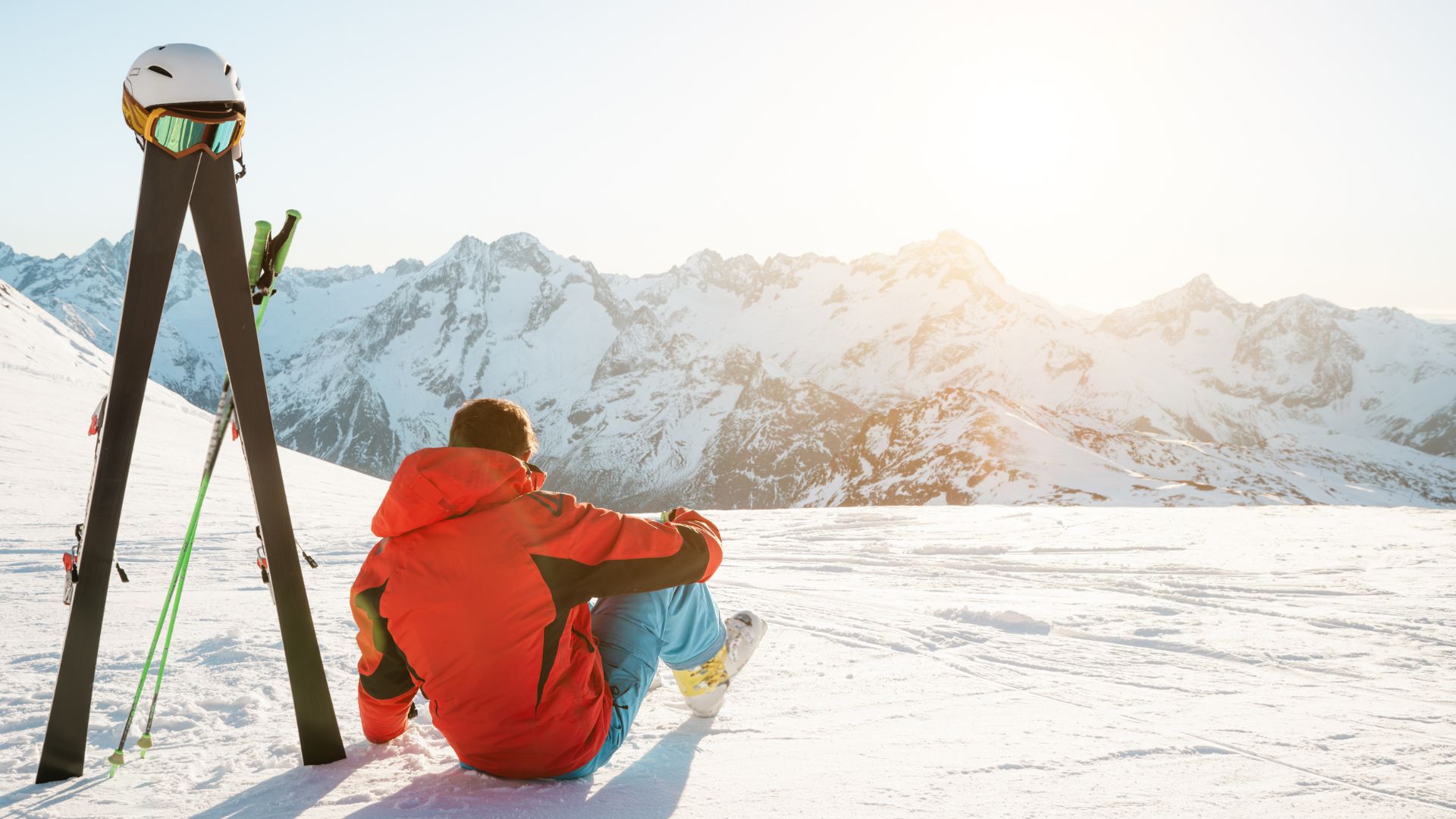
How to Avoid Altitude Sickness While Skiing
Skiing is an exhilarating winter sport, but for many, skiing at high altitude can bring...
read More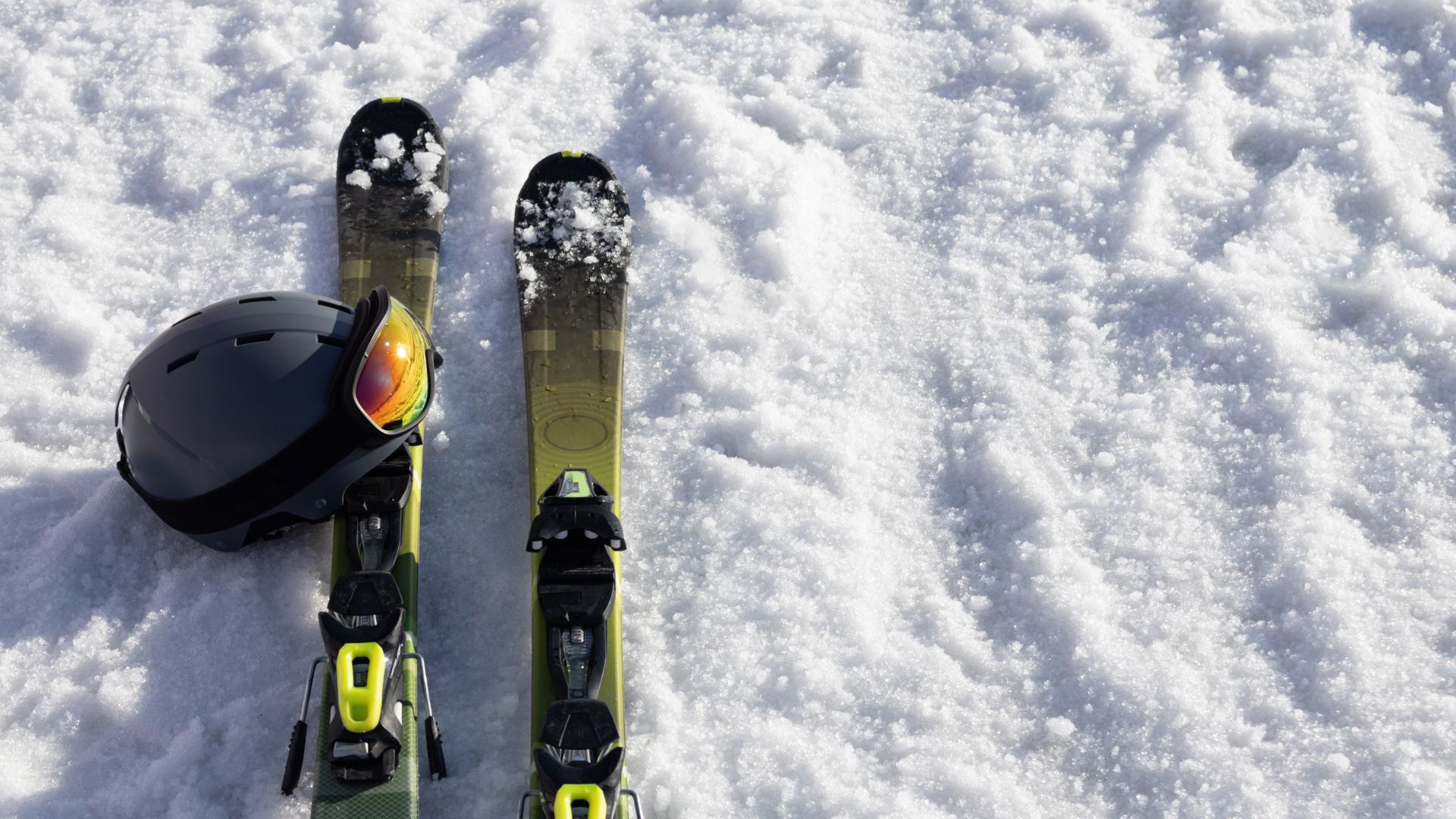
What Are the Best Skis for Beginners? A Complete Guide
If you are new to skiing, you may wonder what are the best skis for...
read More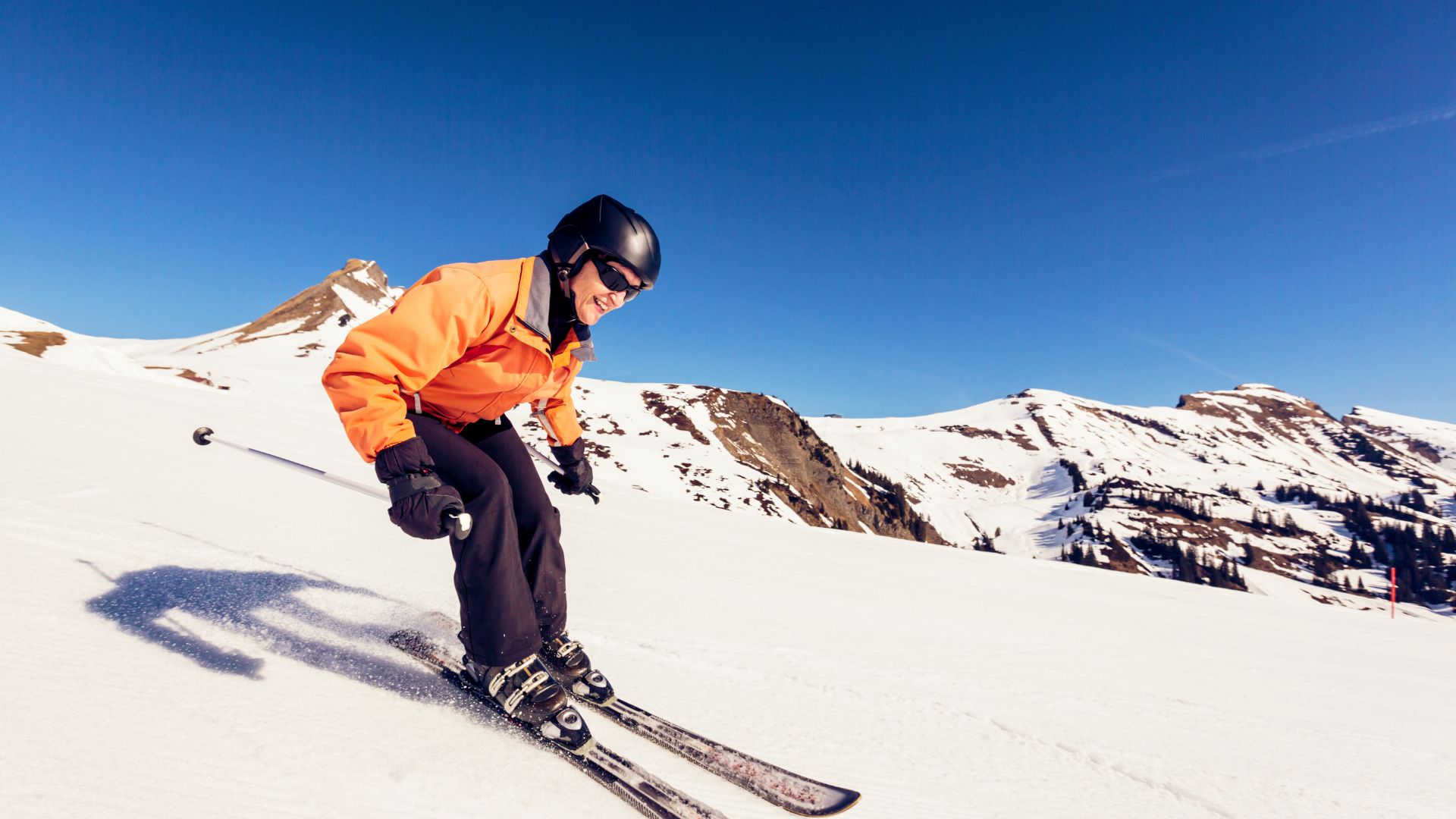
How Has Ski Technology Changed: The Evolution of Modern Skiing
Skiing has evolved immensely since its early days of wooden planks and leather straps. The...
read More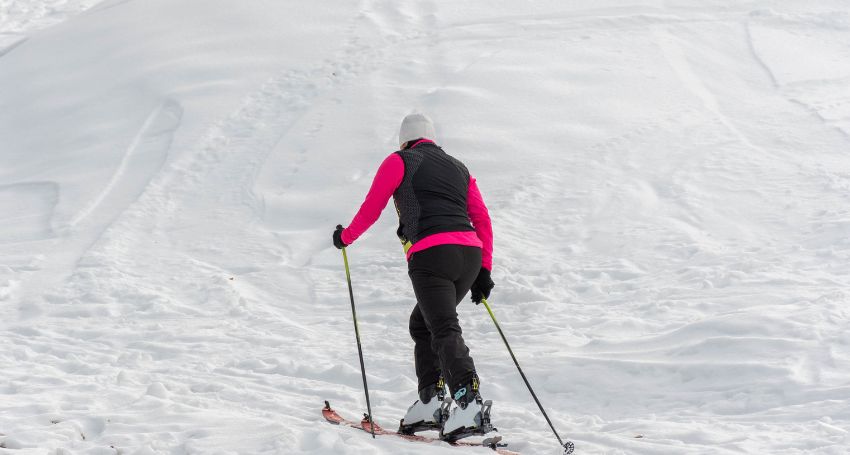
How to Parallel Ski for Beginners: A Complete Step-by-Step Guide
For many novice skiers, mastering how to parallel ski for beginners marks a major milestone...
read More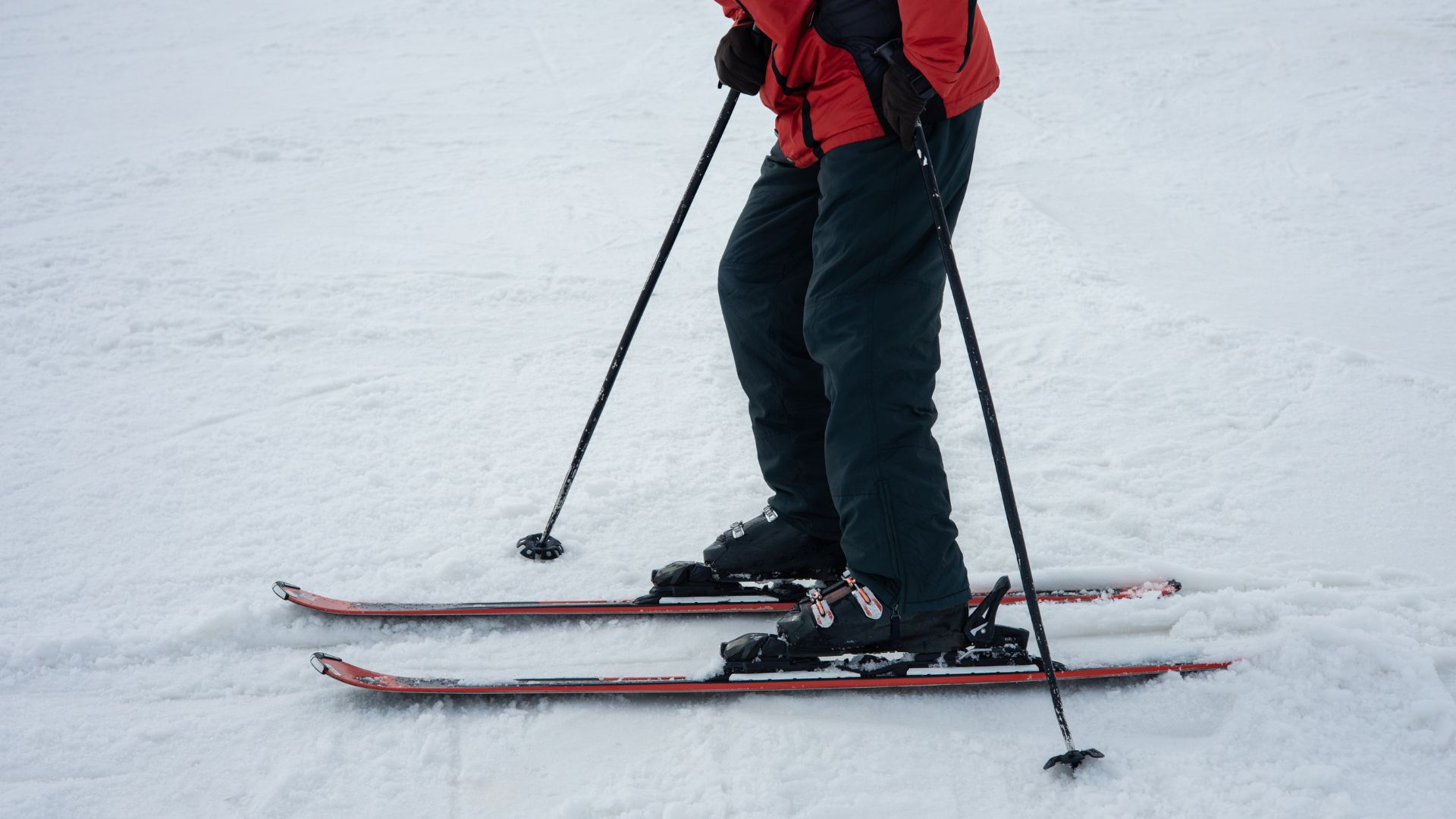
How to Parallel Ski: Master the Essential Technique
If you’ve ever admired experienced skiers gliding effortlessly down a slope, both skis perfectly aligned,...
read More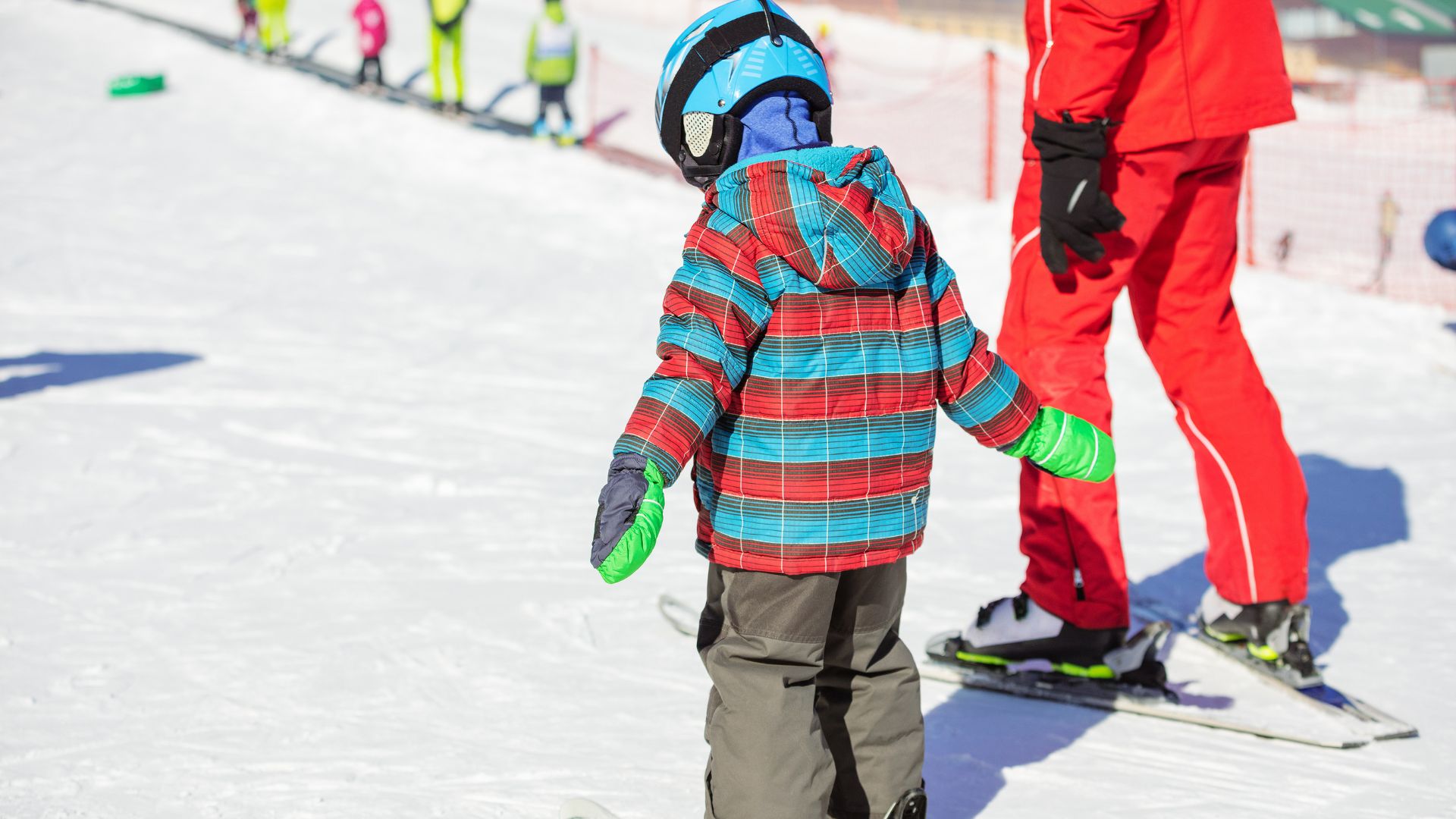
How to Teach Kids to Ski: A Complete Parent’s Guide
Skiing is a magical winter sport that can bring families closer together and create lifelong...
read More